Experience design
5 Principles of Product Design

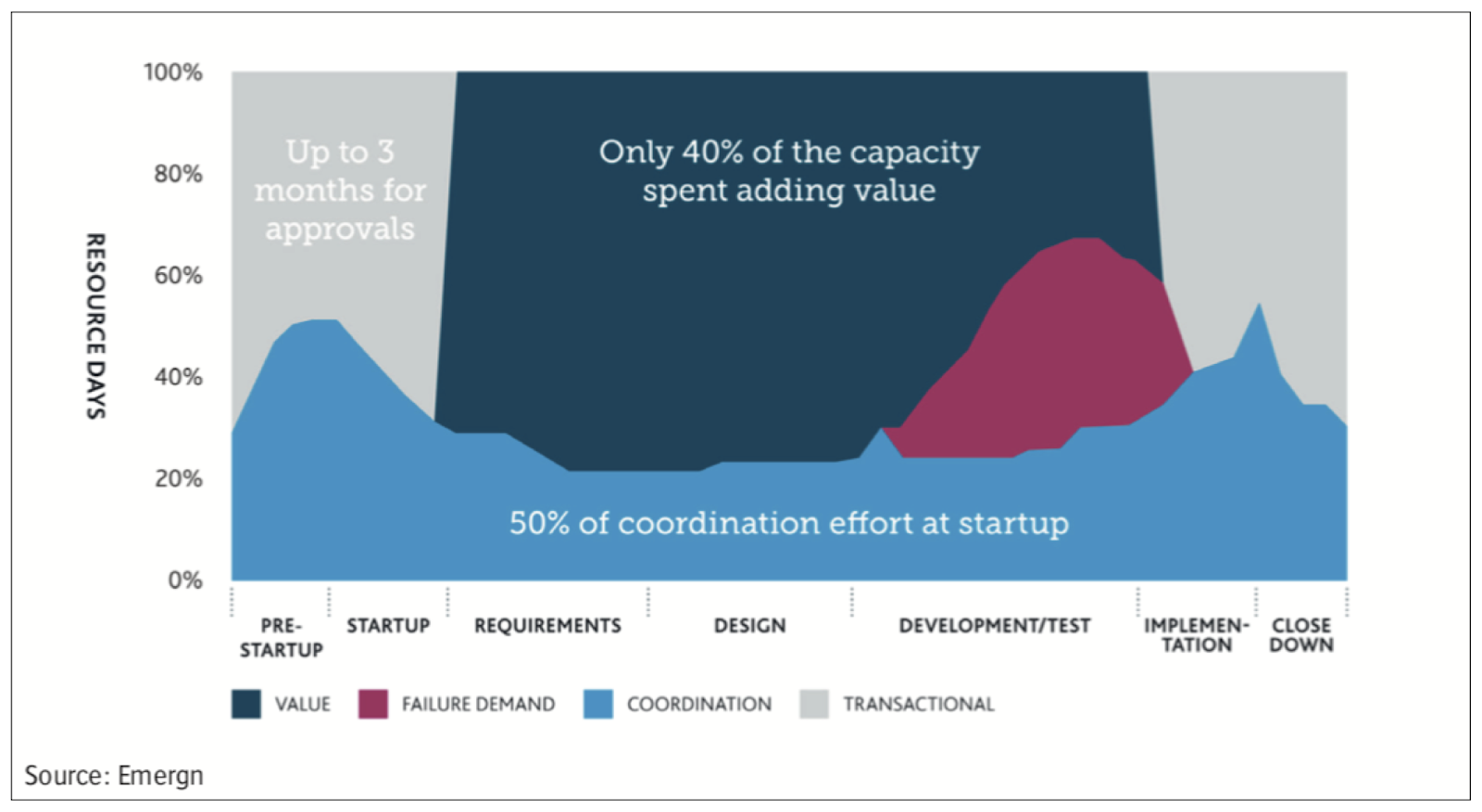
(As shown in Figure 1, only 40% of the capacity is used to add value)
The bigger an organization grows, the larger the challenges of a product-based approach and the more difficult it becomes for the organization to swiftly innovate and respond to disruption. The good news is that many IT teams are agile in transformation, thinking more of products than projects.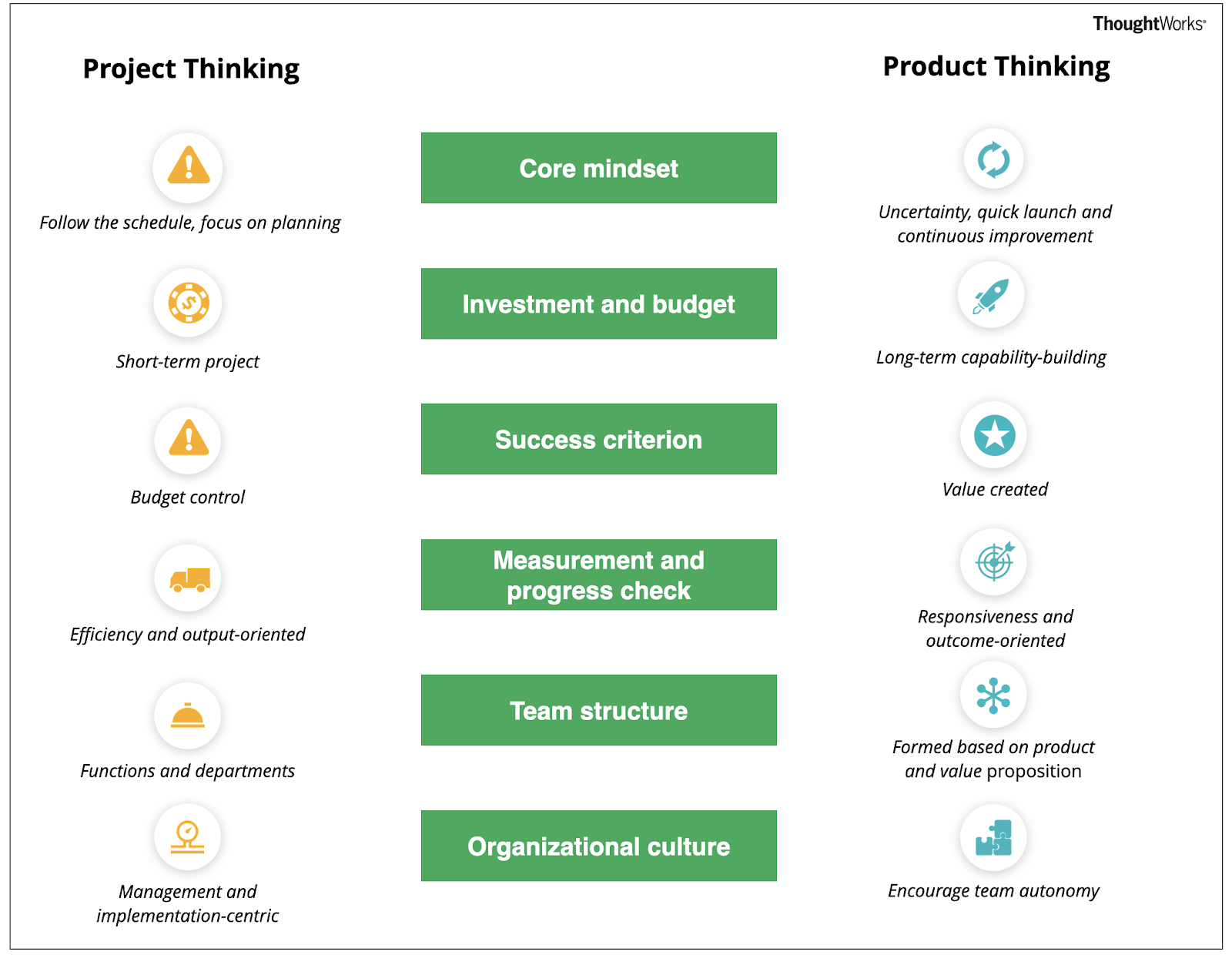
(Figure 2: key differences between project and product thinking)
Amid the COVID-19 pandemic, many Internet companies responded to disruptions effectively and even innovated in times of adversity. Within just 24 hours after identifying the requirement, Meituan Dianping launched “contactless delivery” services that enabled people to have their food delivered without having to interact with the courier, then rolled out the service in key cities within a week.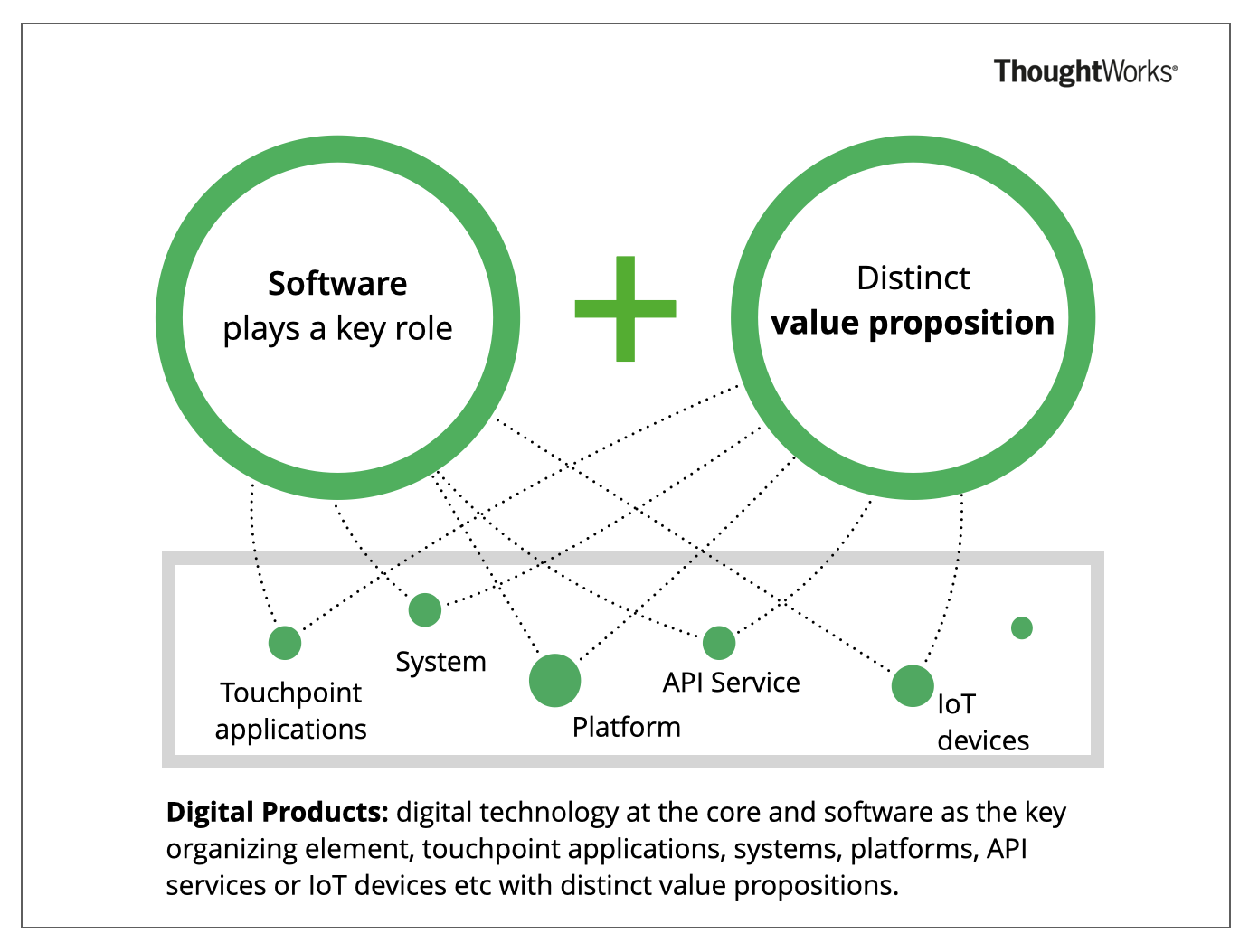
(Figure 3: two key components of digital product)
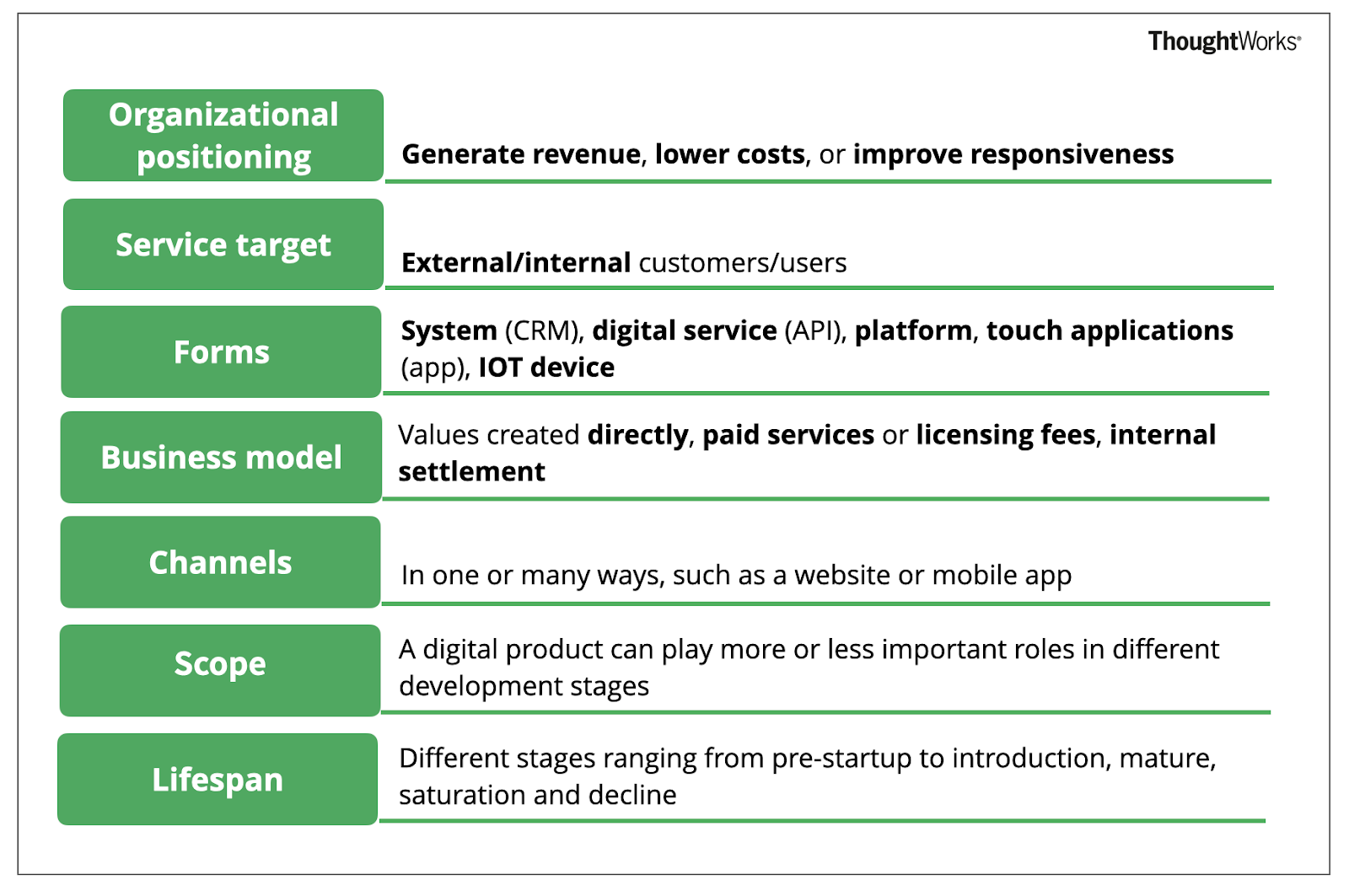
(Graph 4: digital products in different forms)
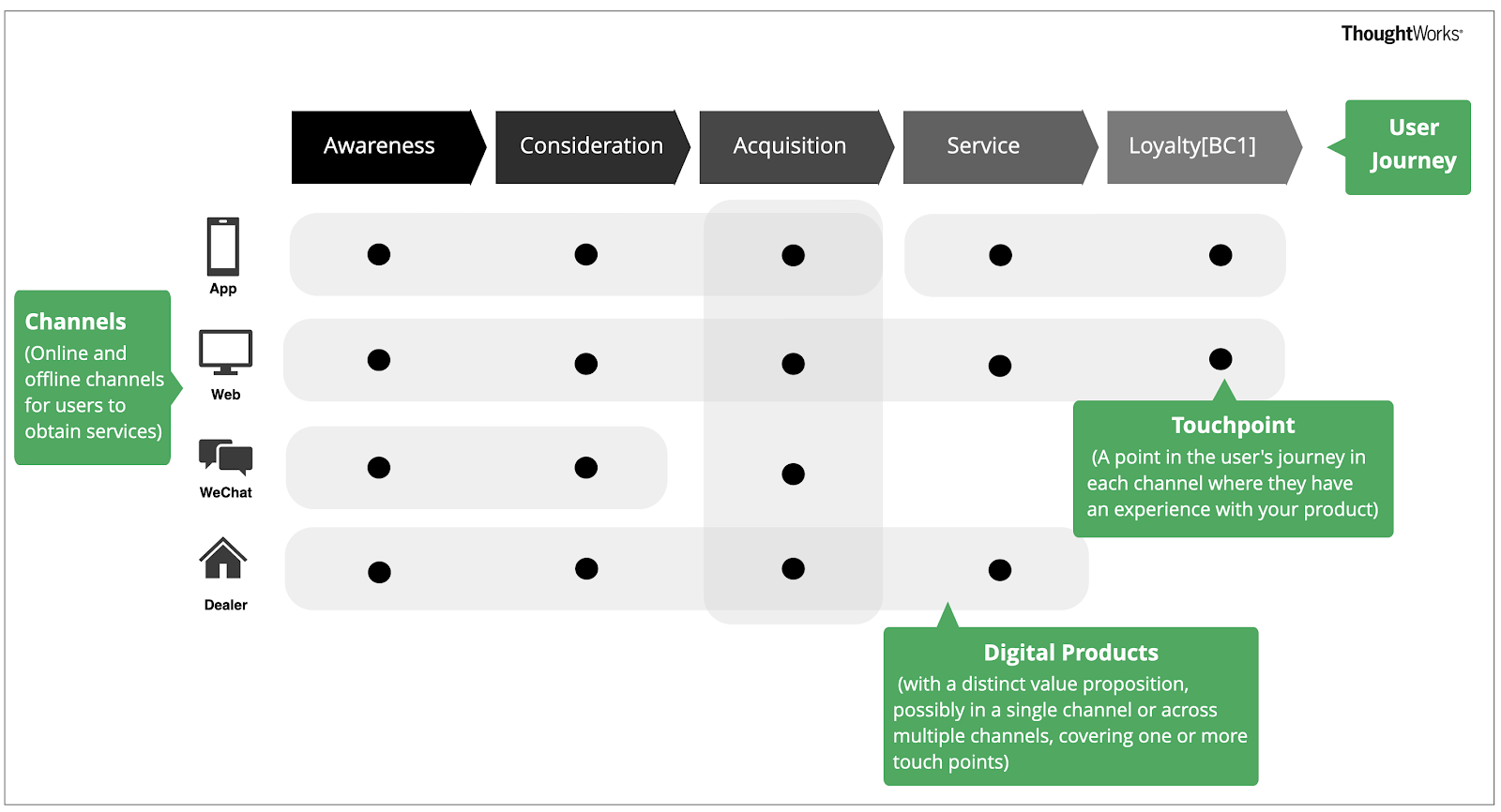
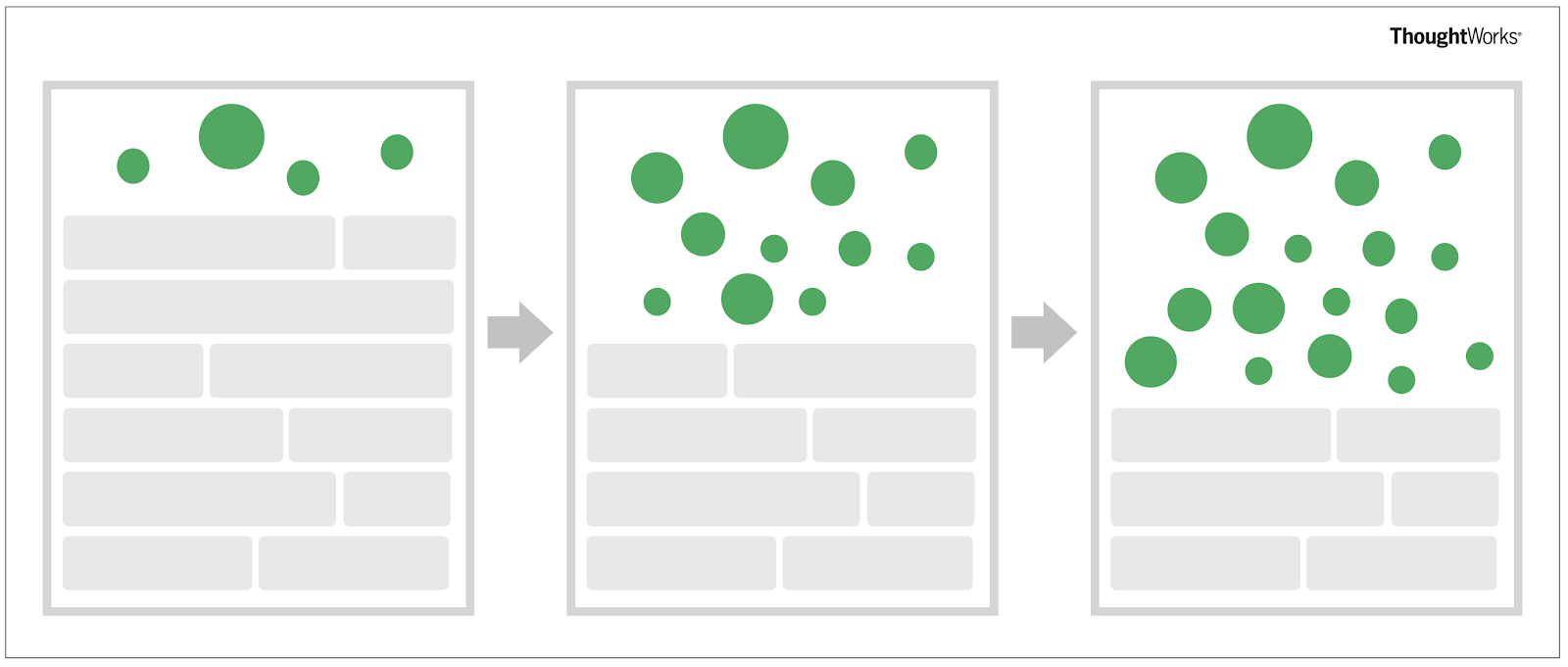
(Figure 6 illustrates the gradual IT shift: start, one year later, two years later)
The key to determining the boundary of digital products is not about how to reassign team members but instead first determining which products are strategic, then identifying the skills and abilities needed to create value, and follow that by building a group of people with cross functional expertise working toward a common goal.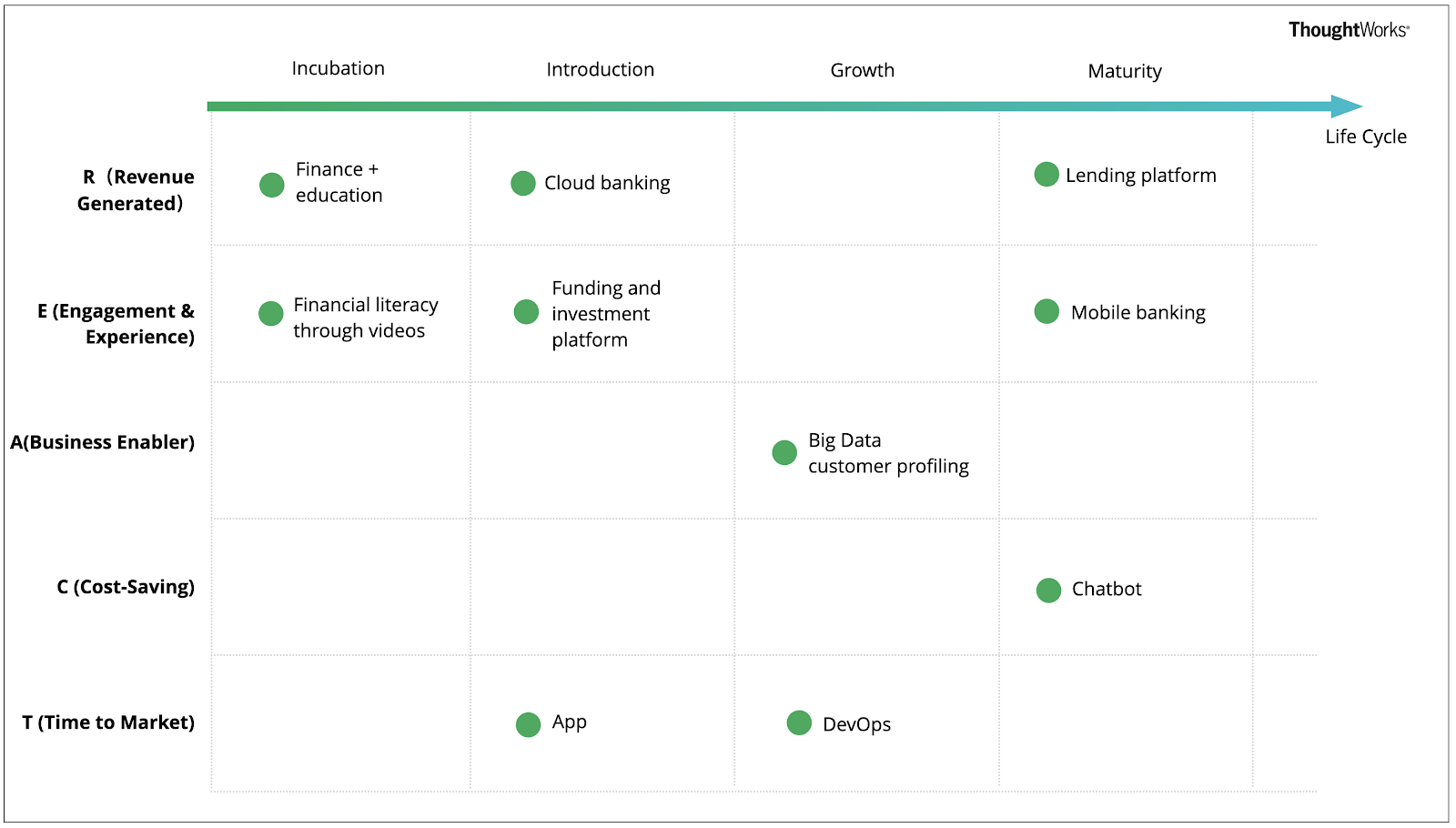
(Figure 7: The top 10 digital products identified)
These products range from systems to touchpoint applications, platforms and API services that span four life cycles stages – from incubation to maturity. As shown in the following table, products can be also divided into three groups with full consideration of a team’s resources and abilities.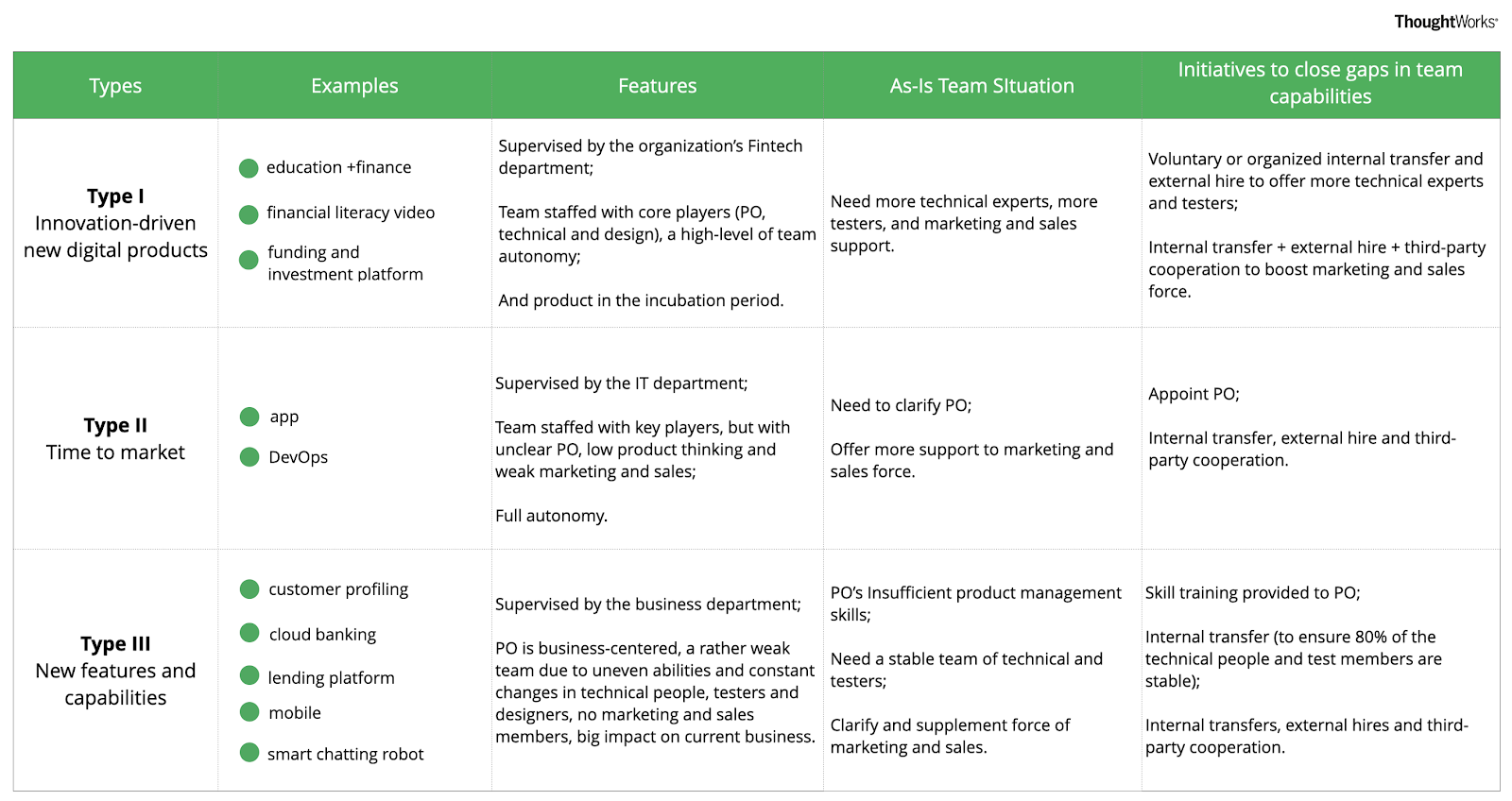
(Figure 8: team capability tracking and matching strategy)
It’s almost inevitable that barriers will be encountered in defining roles and responsibilities in making the shift to product-based teams. To assemble a powerful team with the required skill set, one can start from a lightweight approach, creating a virtual team sitting together in its own office space but retaining the original organizational structure in the early stage. Then step by step, this will lead to the formation of a real cross-functional team. No matter what compromise is made, the priority in this process is to allow development and testing under the umbrella of one team.Disclaimer: The statements and opinions expressed in this article are those of the author(s) and do not necessarily reflect the positions of Thoughtworks.
